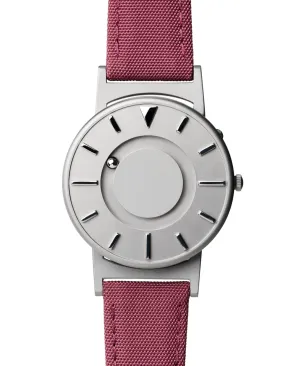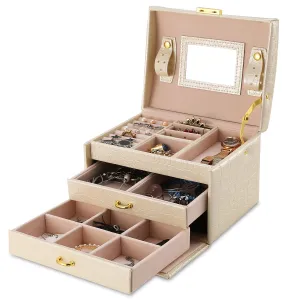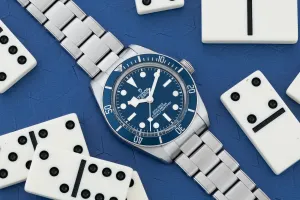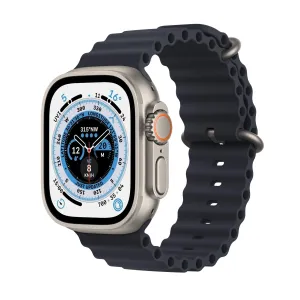The Daytona: Rolex's only chronograph (still in production). The brand's answer to the or the . Favorite of Paul Newman (and even ).
We take it for granted, almost, because it's been such a staple of Rolex's catalog since it debuted in 1963 as the Cosmograph. Before the Cosmograph and Daytona models, Rolex had produced chronographs in their patented "Oyster" cases since the 1930s, setting the mold for what would ultimately become the single best-known chronograph in the world. These early watches, like many chronographs of the period, had monochromatic dials and a tachymeter ring printed on the outer edge of the dial.
The design of the Cosmograph gradually changed, but the Oyster case remained at its heart. A change in dial configuration (mainly a shift from monochrome to the "panda" color scheme now closely associated with it) along with the removal of the tachymetric scale to the bezel made it a clear sportsman's watch. With the addition of the name Daytona in 1964 (taken from the 24 Hours of Daytona Race which Rolex started sponsoring in 1962), the motorsports association was cemented.
The earliest Daytonas relied on that well known manually-wound workhorse caliber--the Valjoux 72, used by Heuer in both their and . But in 1988 Rolex released a Daytona using Zenith's El Primero movement, making the Cosmograph Daytona now worthy of the appellation "Oyster Perpetual." These "Zenith" Daytonas--particularly with the white dial--have gained serious traction over the past decade on the vintage chronograph market, with potential to appreciate in value.
Still, Rolex has never been the sort of brand to rely on another company's technology for long, so when the Reference 116520 debuted in 2000 at BaselWorld, it made headlines. The result of years of R&D, the movement used in the Reference 116520--the Caliber 4130--was the manufacture's first new in-house caliber in five decades. The Caliber 4130's construction--consisting of a vertical clutch, a larger balance wheel, and fewer screws--made it far more accurate (and more easily-serviced) than any of Rolex's previous self-winding chronograph calibers.
Otherwise, the Reference 116520 has the look and feel of its El Primero-powered predecessor, a good thing in the eyes of nearly everyone who wore it. This is not a watch that you can put on your wrist and forget you're wearing it, not least of all because--to the eyes at least--it has perhaps the most unmistakable design since the Speedmaster. The Oyster case is heavy without being bulky, and on a bracelet with the Oysterlock clasp, this is without a doubt a substantial piece of hardware, meant to be a daily companion.
This particular example comes from the personal collection of a close friend of the Analog/Shift team, and has been lovingly cared for. Coming complete with its original box, papers, and hangtags, this piece is everything you're looking for in a lightly used pre-owned Daytona, and is the perfect piece to snag for regular wear, be it in the board room or on the race track.






















